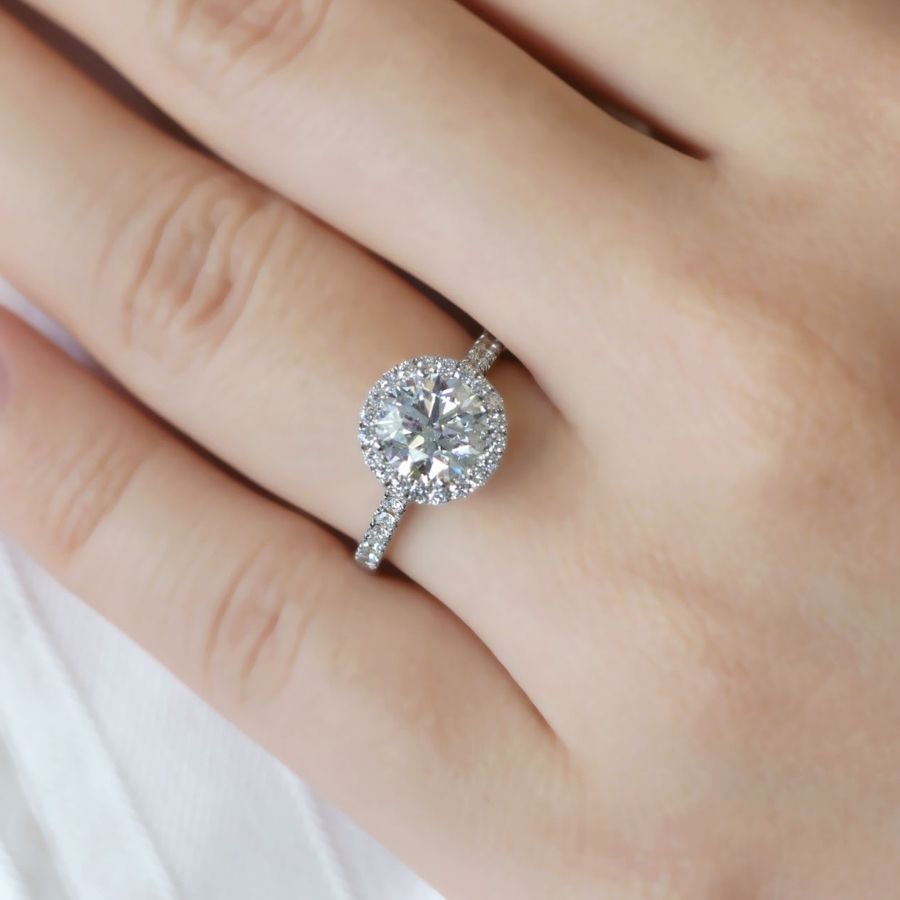
Last Updated on 14/11/2022 by Above Diamond
Last Updated on 30/03/2022 by Wit Sudjaiampun

Are you unsure of the difference between white gold and platinum?
When talking about white gold, platinum, 90% gold, 18K gold, etc., many people may feel slight confusion as they are unsure which of these options are better than others.
Other than this, many have a misunderstanding that white gold and platinum (popularly referred to as “white gold” as well in the Thai language) are the same because of their similar silver appearance.
But they are not the same…
Because although these two materials do have a very similar physical appearance, they are made up of completely different components, the difference does not end here as the price gap is also quite vast.
More than that, lately we may often hear people talk about pink gold or rose gold…so what are they actually made from? How are they different from regular gold?
In this article, I will relieve you of all your questions. I will provide you the difference of each material as well as the pros and the cons of them in detail. You can also use this set of information when making a jewelry purchase in the future as well.
Now I will begin my explanation, first of all, let us start with the percentage of gold as it is commonly misunderstood by some. Some have even misunderstood as the “K” in gold means it is fake gold, this is not the case at all.
“K” is derived from “Karat” which is an international unit of measuring gold. It differs from “Carat” which is used to measure the weight of a diamond. The number in front of the karat stands for a different percentage of gold used, 1K stands for 1/24 part gold. For example:
The percentages that are not gold are different alloys that make the gold jewelry durable, these alloys could be silver, nickel, bronze, and rhodium.
That is because 23K gold rings (96.5% gold) contain too many gold parts which cause the jewelry to be softer and prone to bending. This is why they cannot be used for diamond setting, they will not hold on to the diamond well enough and so the chance of the diamond falling off is always there.
If you are wearing a gold necklace bought from a gold shop, take a look at the clasp of the necklace that is made from 23K gold. Once worn long enough, you will notice that the clasp will likely bent from everyday use.
In conclusion, 18K gold or 75% gold is a high quality gold that is most appropriate for a diamond ring setting or other diamond jewelry because of its already high value and durability. It is much stronger than 23K gold which is why it is more appropriate for everyday wear.
Because 18K golds are still real gold, they will already have a lot of value. If you sell your gold, the resale value will be at 75% of that day’s gold value (Mark-to-Market) which when compared with 96.5% gold – the difference is minor. Unlike buying a smartphone from a popular brand or a luxurious car that has high price depreciation.
Because 14K gold and 9K gold will be made up of only 58.3% or 37.5% parts gold, respectively, their prices are much lower and are popular for lower-priced diamond rings to reduce the costs of the manufacturers.
Once you have worn these types of gold for a while, you may face 2 major problems – the gold may become pale and the gold may become brittle. This is because the ring is made up of many other metal parts that will continuously react with the environment, eventually, your diamond jewelry will have cracks or fractures which are difficult to fix.
3 Tricks To Buying Men’s Wedding Rings To Surprise Your Special Someone!
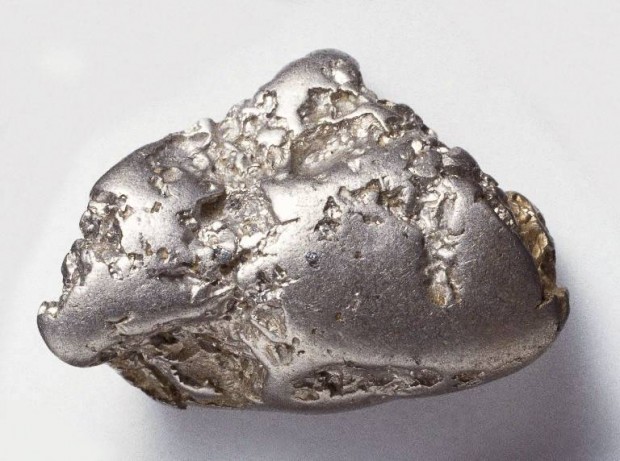
Platinum is one of the most valuable metals on the periodic table and is often used at the percentage of 90-98% in producing jewelry. Not only is its outer appearance as beautiful as white gold, but it is also much more durable whilst retaining its beauty if you know how to take care of it.
If you are considering the purchase of a platinum ring, this is the pros and cons of it you should consider:
Pros of Platinum
Cons of Platinum
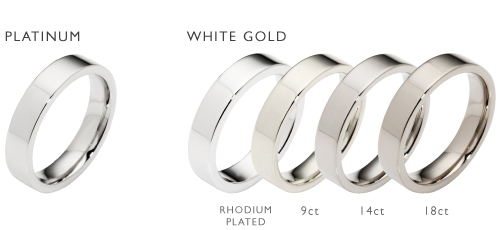
When it comes to choosing the material for your beautiful diamond ring, many will ask themselves – “Which material is better, white gold or platinum?”.
The main difference in these materials is its elements, durability, and price. Even though they may appear similar externally, to the point where its similarity exceeds 90%, white gold rings will have to go through rhodium plating to create its shiny surface whereas platinum already has a natural shine and durability. Platinum is slightly darker in color, giving it a deep white tone which appears pleasingly natural.
In Thai, many may refer to platinum as “ทองขาว” (Tong Khao) to differentiate it from white gold which is called “ทองคำขาว” (Tong Khum Khao), but this may actually cause more confusion. The best way to refer to platinum is by calling its actual name. Platinum is a chemical element with “Pt” as its symbol and gold have “Au” as its symbol. They are different elements with their own set of unique characteristics.
For the percentage of gold that is used in Thailand, there is an industry of 18K gold which is higher than what is popular in the United States, where 14K gold is popularly used.
As for platinum, “Platinum 90%” or “Platinum 95%” is commonly used. If I were to recommend one, I would recommend the 90% as when they are used as a ring setting they are less likely to be porous than the 95% platinum. The porous nature of the 95% platinum is more prone to damage.
When you wear platinum jewelry, it can be said that you can feel comfortable wearing them for the rest of your life because platinum is much more durable than 18K white gold, and so there is not as much need for maintenance in the long run. Even better, the color of the material will never change.
As for 18K white gold, you may find that it scratches easily. You may need to service it every 3-5 years (In the case that you wear it frequently), this causes the costs of 18K white gold maintenance to be higher than yellow gold in the long run because it needs to be constantly cleaned and polished to retain its smooth silvery surface.
The biggest difference you will notice is that the price is platinum is 30-50% higher than the price of white gold.
If we were to analyze the cause of this from the perspective of economics, you will find that the price per gram of these two materials is not that different, but from a scientific perspective, producing a platinum ring requires much more minerals as its density is much higher than white gold.
From the production viewpoint, platinum has a melting point of 982°C whereas white gold will melt at 732°C. The fire needs to be much hotter to melt platinum because of its extremely high durability.
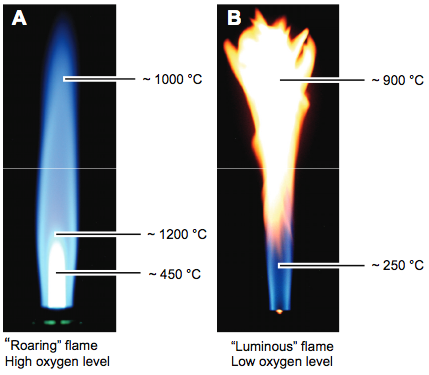
This warrants a special room for production, the technicians cannot produce platinum in the same room as gold or silver, this is the reason why the production process of platinum is much more expensive than that of white gold.
If you are charmed by the durability of platinum and worry-free long term wear, a platinum ring is a highly alluring option but if you have a limited budget then a white gold ring will be sufficient for everyday wear.

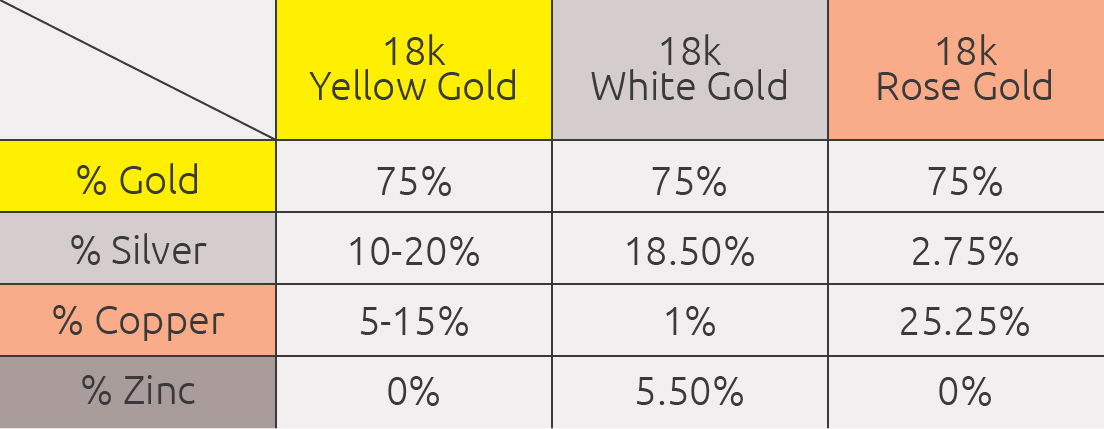
When it is time to choose a gold material, you will notice that there are 3 choices:
White gold is an alloy that is produced from a mixture of pure gold and metal that has a white texture such as nickel, silver, and palladium.
Pros of White Gold
Cons of White Gold
Yellow gold is made for accessories, it is made from pure gold, copper, and zinc.
As you may have known, the higher the “K” in front of the gold – the more parts of gold it contains.
Pros of Yellow Gold
Cons of Yellow Gold
Rose gold or pink gold is a term used for gold that has a reddish-pink color, there is no difference in its two names and so both terms are popularly used.
The main reason why rose gold has its pink color is because of copper. The more copper is used, the more red the gold will appear. Usually, the mixture of 18K rose gold is 75% gold and 25% copper.
Pros of Rose Gold
Cons of Rose Gold
For those who are still trying to decide between white gold and platinum, I recommend you to reconsider the pros and cons once again – to ensure that you will receive what is best for you.
Platinum rings, despite its higher price and difficult resizing procedure, could be an interesting choice because of its durability and easy maintenance. It is an attractive option for those who want long-term ease of mind.
As for white gold, although durable, it is more prone to scratches than platinum but if you are worried that you may lose or gain weight in the future – resizing it is not a worry at all.
In choosing the color of gold for your next diamond ring, it is entirely up to your personal preference which is a topic purely based on styles. It is difficult for me to recommend this part.
When choosing a diamond ring, you may need quite a bit of time to contemplate your decision – if you want an expert’s advice – contact us now and we will help you find an eye-catching diamond of high quality whilst also remaining within your range of budget.
Read more: In-depth look at 15 popular engagement ring styles
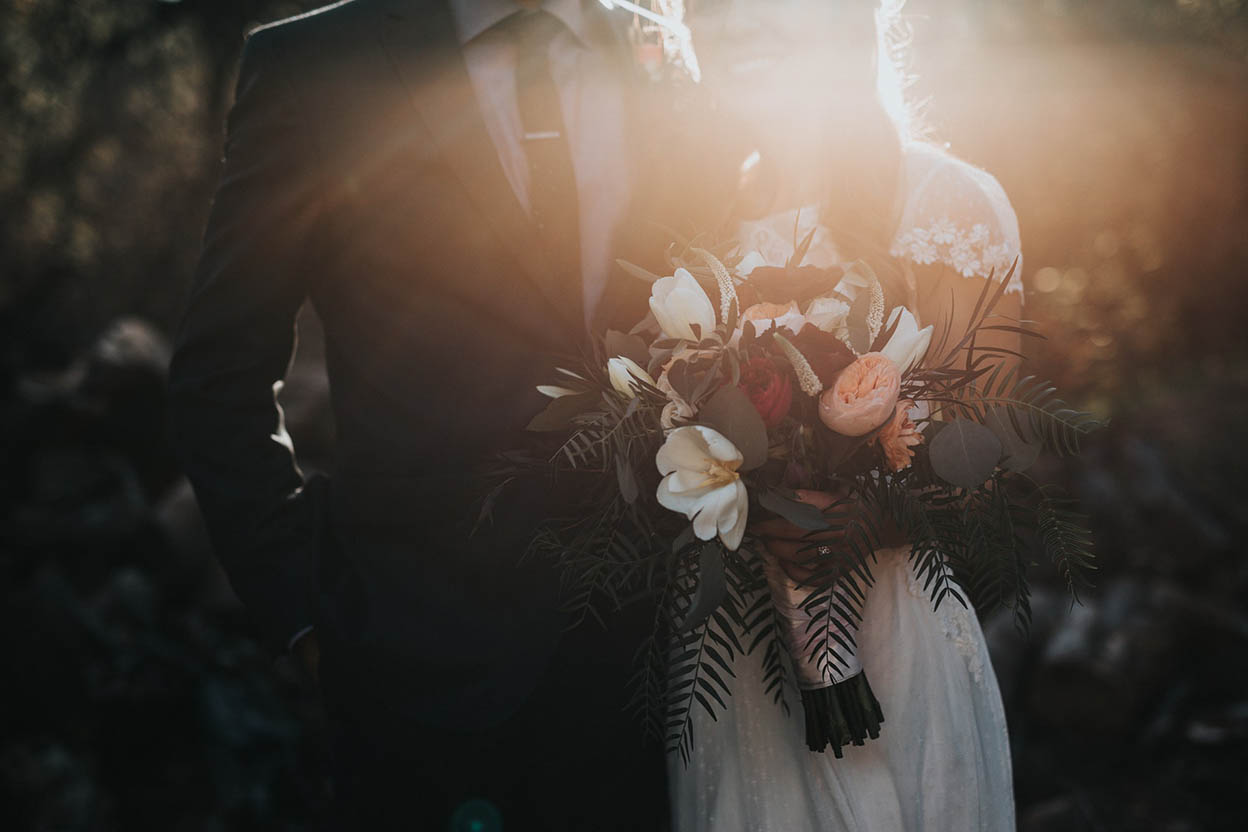
Get in touch with one of our diamond specialists.
This website use cookies to enhance your experience and providing the best service from us. You can learn more about our use of cookies in Privacy Policy